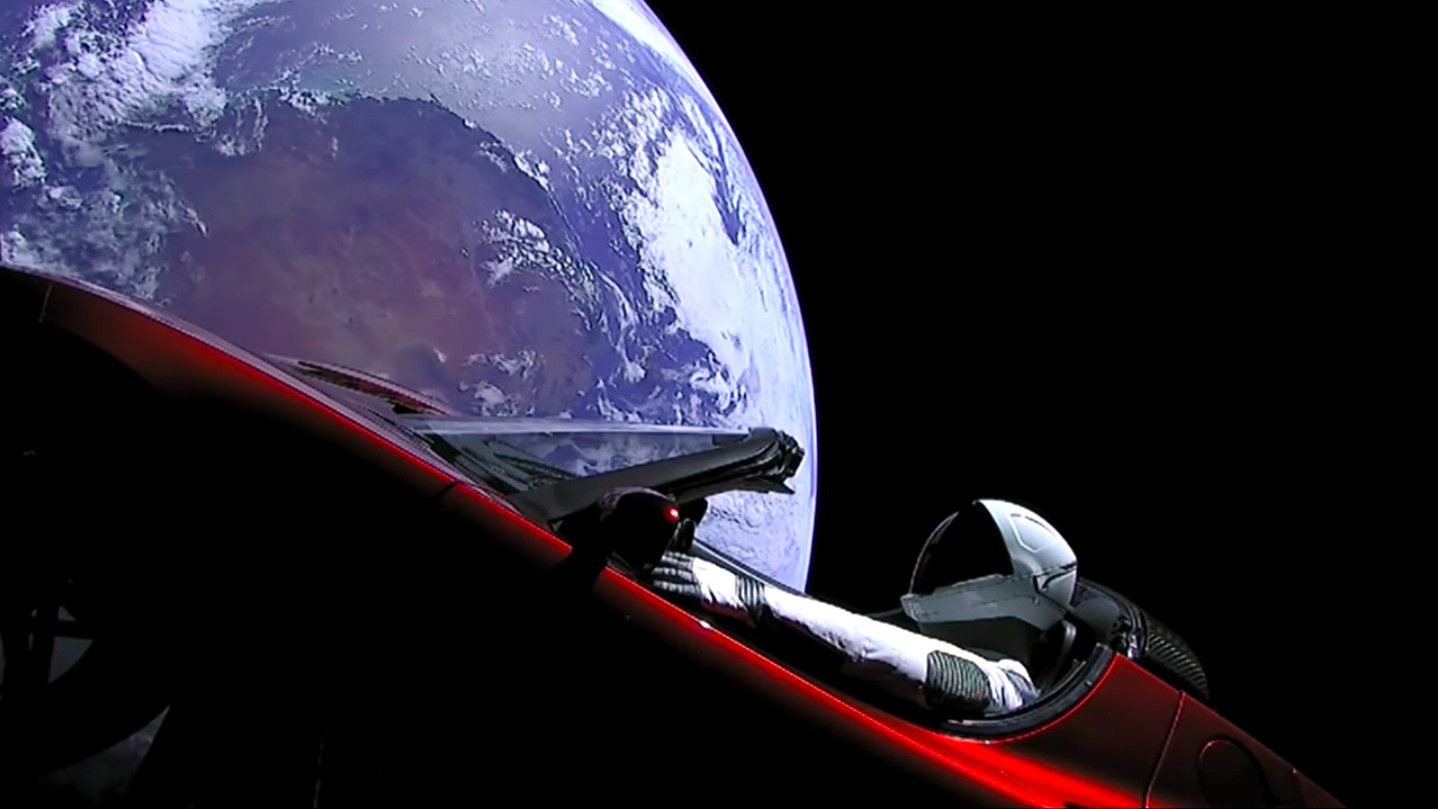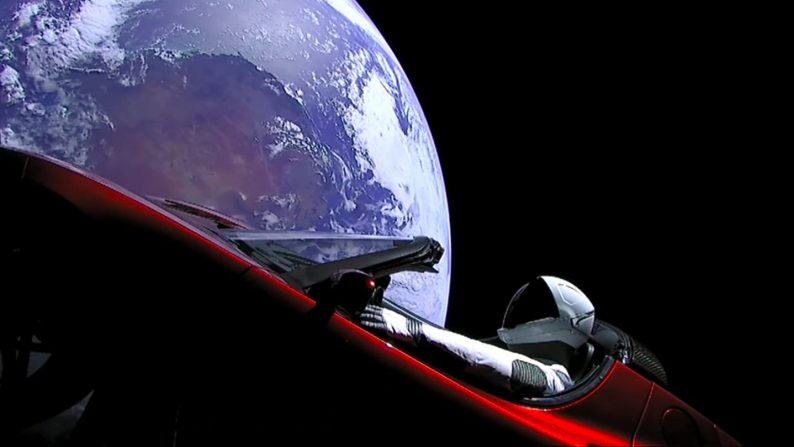February 11, 2018

Dear Mr. Musk,
I had my official Fisher Space Pen in one hand and an open package of vanilla freeze-dried ice cream in the other as Neil Armstrong took “one small step for [a] man, one giant leap for mankind.” My whole family had gathered around the TV set to watch a man walk on the moon. I was filled with emotions that, even now, I find hard to describe. I was proud, inspired, excited, scared, impressed, and … a little jealous. “Dad, do you think regular people will ever be able to go to the moon?” He gave me a very hopeful look and answered, “One day.”
Back then, my friends and I had science fiction–based goals. There were remarkable stories written by brilliant and imaginative authors like Isaac Asimov, Arthur C. Clarke, Ray Bradbury, and Frank Herbert. Those stories created worlds for us that seemed like they might be within reach. And to a bunch of kids coming of age in the late ’60s, Gene Roddenberry’s vision of a Federation of Planets with the Vulcan creed “IDIC” (Infinite Diversity in Infinite Combinations) felt like a vision and words to live by.
It was not a more innocent time. America was harshly divided. We had lost JFK, RFK, and Dr. Martin Luther King, Jr. to assassins’ bullets. And between civil rights clashes and the Vietnam War, things were anything but simple. But at that moment, just before 11 pm on July 20, 1969, everyone was hopeful. We were not human beings; we were earthlings – and one of us was standing on the moon.
In the 48 years and some seven odd months since that day, we’ve seen the Space Shuttle, the ISS, the Hubble, some fantastic NASA missions, the Internet, and many manmade wonders come to be, but nothing has filled me with more pure hope for the future than seeing the success of the Falcon Heavy mission.
From liftoff to the synchronous booster landing, the “rocket” part of the mission demonstrated that space is now available to people (as opposed to countries). Thank you. I have been waiting for this moment since I was a kid.













Leave A Comment